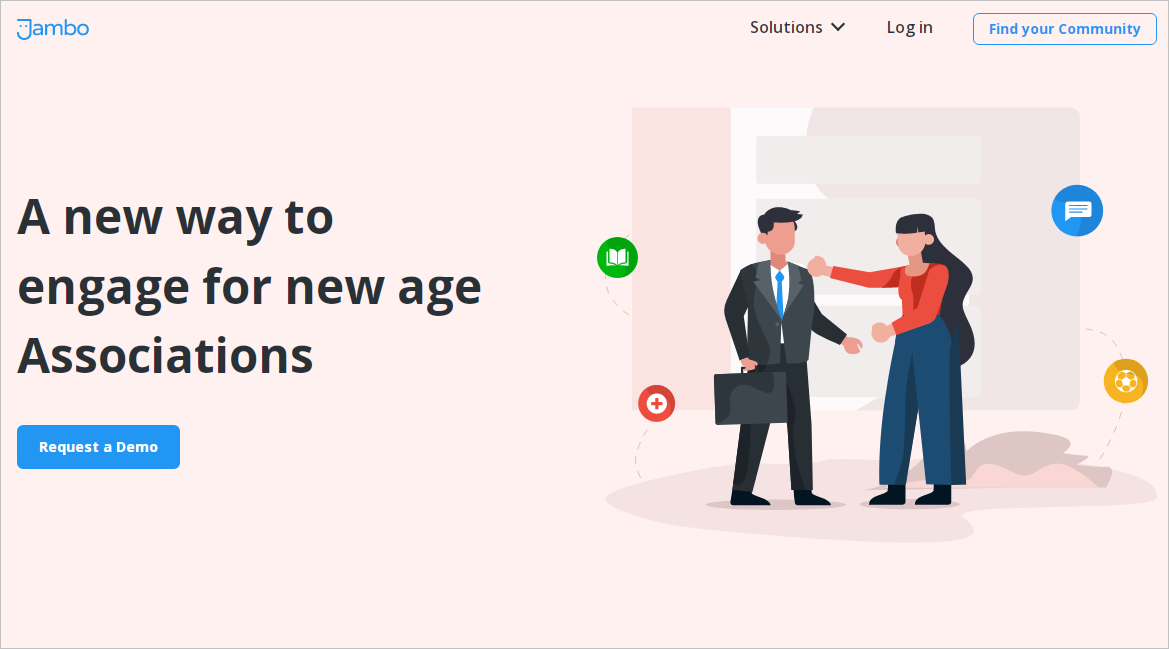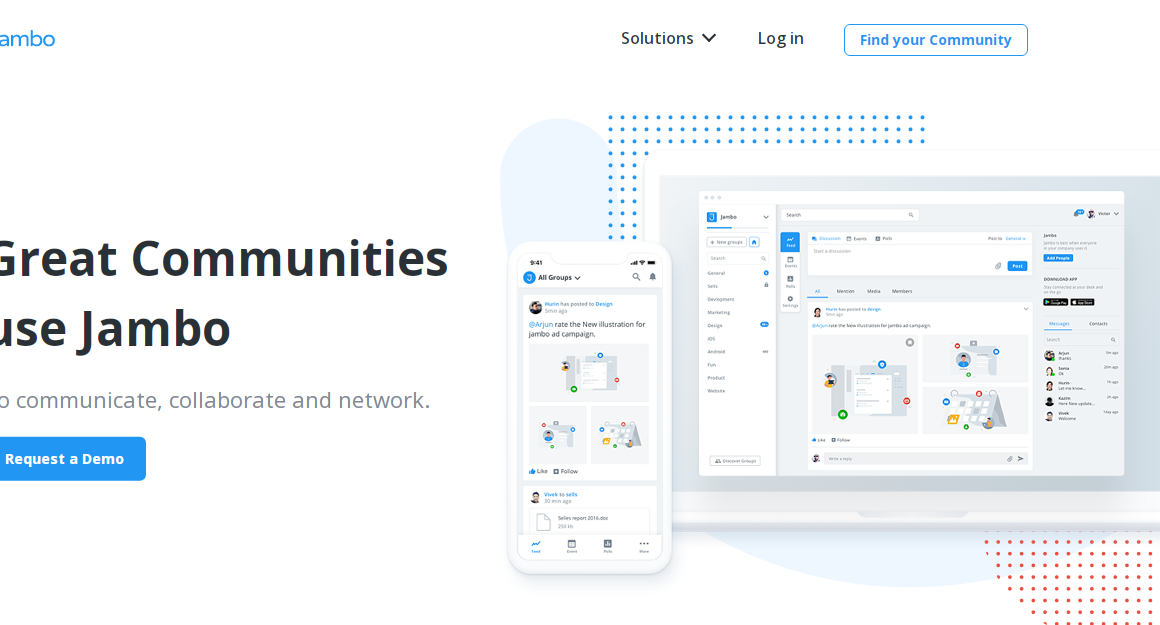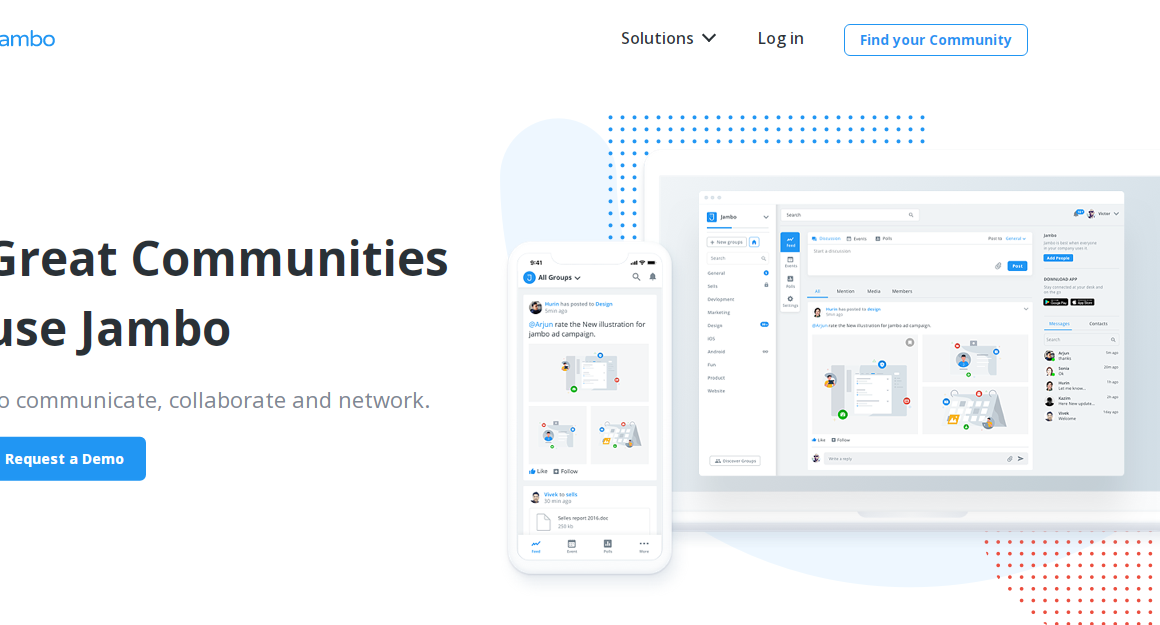Linkedin, ever since it launched in 2002, has grown exponentially. With more than 500 million users and growing, it is the social media platform where business professionals hobnob. As an organization, Linkedin can seem like the obvious choice for running a corporate alumni group.
People are familiar with the platform and it is free. However, if you are serious about reaping the benefits of running a corporate alumni group — talent acquisition being the topmost — you should invest in a dedicated community management platform.
Out of the 500 million+ users on Linkedin, only about 1% share content on the platform. In other words, engagement rates on Linkedin are abysmally low. If you are running your corporate alumni group on Linkedin, getting good engagement rates might be a very tough goal. That is just one part of the problem, though.
1. Not Flexible
Linkedin groups don’t come with a lot of functionality, except basic moderation features. And you can’t build your own custom features. As more people join your community, you will need features such as personalized content suggestions, badges for most-active users, and leaderboards. You might even want to integrate your community with third-party software, such as your ERP, in order to centralize your data.
When you are running your alumni group on Linkedin, you are limited by the features that Linkedin has for its groups. The limitation hampers your chances of running a scalable community of engaged users.
2. Data Analysis Becomes Difficult
Even when you are running an alumni network, you should analyze data to see what people are talking about. Based on this information, you can come up with new content ideas to keep the community engaged. Data analysis also gives you the opportunity to identify potential rehires from the group, based on their level of activity and any offline events they have attended in the recent past.
With Linkedin groups, analyzing data becomes a manual task, since you can’t integrate third-party apps. In fact, manual scavenging for data means you could miss on key data insights, which limits the potential of the alumni network.
3. No Custom User Experience
With Linkedin, you don’t decide what ads are served to people in your alumni group, or how group navigation works. If Linkedin decides to change the platform’s UI, you have no say in what features stay. You are, basically, at the behest of the social media giant. With your own branded community platform, you can make developing the user-experience a democratic process.
You can ask members for their feedback and even rope competent people to help you out with improving your UI/UX. That, in itself, can be a good strategy for engaging people in the network.
Author Bio:
Jambo is a community management platform that allows communities to communicate and engage better. Jambo has a host of features that simplify communicating, publishing events, conducting polls, managing memberships and more with use of one integrated application. We have got features for your every need and more- communicating with members, sharing events and RSVPs, networking, managing memberships, publishing jobs and more; all from one integrated platform.



